Independence Day India
On this bright Monday afternoon in New Delhi, a palpable energy buzzes through the city. Indeed, the fifteenth of August is just days away. The quiet anticipation of last week has given way to a vibrant, visible excitement. The phrase ‘Independence Day India’ is no longer a whisper; it’s a declaration on street corners and in bustling markets. So, this moment, amidst the city’s lively preparations, invites us to ask: What do these words truly represent?
Independence Day in India is more than just a public holiday. It marks a historical watershed, a day of solemn remembrance, and a vibrant celebration of nationhood. This annual moment for reflection allows us to look back at our nation’s journey, born from struggle. Simultaneously, it is a time to look forward to the future we collectively build. This post, therefore, explores those layers, from the historical birth of a free India to the modern, ever-evolving pulse of Azaadi.
The Midnight Hour: The Foundation of Freedom
India marked its first independence day in 1947 at the stroke of midnight on August 15th. With this one act, nearly two centuries of British colonial rule came to an end. This was the moment India reclaimed its destiny. In the Central Hall of Parliament House in New Delhi, the first Prime Minister, Jawaharlal Nehru, delivered his iconic “Tryst with Destiny” speech. In it, he declared that the soul of a nation, long suppressed, had finally found its voice.
This historic transfer of power culminated a decades-long freedom struggle. Of course, the unwavering resolve of countless individuals marked this entire journey. Visionary figures led a movement that testified to the indomitable spirit of a people determined to be free. For instance, these leaders included Mahatma Gandhi, who championed non-violence, and revolutionaries like Bhagat Singh, Subhas Chandra Bose, and Sardar Vallabhbhai Patel.
Independence Day, therefore, first and foremost honors this sacrifice. It commemorates the birth of the world’s largest democracy. Moreover, it represents the foundational promise of liberty, justice, equality, and fraternity for every citizen.
The Tricolor Unfurled: Traditions and Celebrations
The spirit of Independence Day manifests in a series of deeply ingrained traditions. The most iconic of these takes place at the historic Red Fort in New Delhi. Here, the Prime Minister of India hoists the national flag—the Tiranga. He then delivers an address to the nation, outlining past achievements and future goals. A grand parade showcasing India’s military might and rich cultural diversity follows this ceremony. Across the country, similar flag-hoisting ceremonies in state capitals, district headquarters, schools, and offices mark the day. The sound of the national anthem, “Jana Gana Mana,” and patriotic songs that stir the soul fill the air
Independence Day India Quotes in Hindi
The air on this day also resonates with the power of words. These are the slogans and verses that once fueled a revolution and continue to inspire pride. These iconic phrases from the freedom struggle form an inseparable part of the celebration:
“इंकलाब जिंदाबाद!” (Inquilab Zindabad!) “Long live the revolution!”
“स्वराज मेरा जन्मसिद्ध अधिकार है, और मैं इसे लेकर रहूंगा!” (Swaraj mera janamsiddh adhikar hai, aur main ise lekar rahunga!) “Swaraj (self-rule) is my birthright, and I shall have it!”
“सरफ़रोशी की तमन्ना अब हमारे दिल में है।” (Sarfaroshi ki tamanna ab hamare dil mein hai.) “The desire for martyrdom is now in our hearts.”
Beyond the formal ceremonies, vibrant local traditions come to life. In the skies above Old Delhi and many other northern cities, a colourful war of kites—patangbazi—unfolds, symbolizing the spirit of freedom. People decorate their homes, prepare special meals, and communities come together, united by the saffron, white, and green of the flag.
Beyond the Parade: The Evolving Spirit of Azaadi
While the historical context of 1947 is the bedrock of Independence Day, the meaning of freedom—Azaadi—has not remained static. The initial struggle was for political freedom from an external power. The struggles that followed have aimed for substantive freedoms within our own society.
Over the decades, India achieved freedom from hunger through agricultural revolutions. Liberalization unlocked economic freedom, allowing Indian aspiration to flourish. In the 21st century, new freedoms emerged. The RTI Act empowered citizens with freedom of information. The internet and mobile technology also brought about revolutionary digital freedom. This gave a voice and a marketplace to millions who were previously on the margins.
Each milestone represents a new chapter in India’s story of independence. It proves that freedom is not a monument to admire. Instead, it is a living organism that must grow and adapt.
A Living Legacy: Freedom’s Modern Frontiers
Today, the concept of freedom continues to expand, presenting new challenges and new responsibilities. Indians wage the modern fight for a truly free India on several crucial fronts.
They fight for environmental freedom—the right to clean air, pure water, and a sustainable future. In a city like Delhi, this is not an abstract concept but a daily struggle for the well-being of every citizen.
They fight for social freedom—the freedom from deep-rooted prejudice and discrimination. They continue the effort to ensure that the constitutional promise of equality becomes a lived reality. This must be true for every Indian, regardless of their caste, creed, gender, or background.
Finally, they fight for freedom from apathy. The greatest tribute we can pay to our freedom fighters is to be active, engaged, and responsible citizens. This requires us to participate in our democracy, hold our institutions accountable, and contribute positively to the society we share.
A Day of Reflection, A Promise for Tomorrow
As August 15th dawns, it serves as a powerful, dual reminder. It is a day of gratitude for the past and a day of commitment to the future. It calls on us to celebrate the incredible journey of our nation. It also asks us to honestly assess the distance we still have to travel.
Independence Day India is more than a date. It is an idea—the idea of a sovereign, secular, and democratic nation constantly striving to be better. It reminds us that the story of India is one we are all still writing, every single day.
Jai Hind.

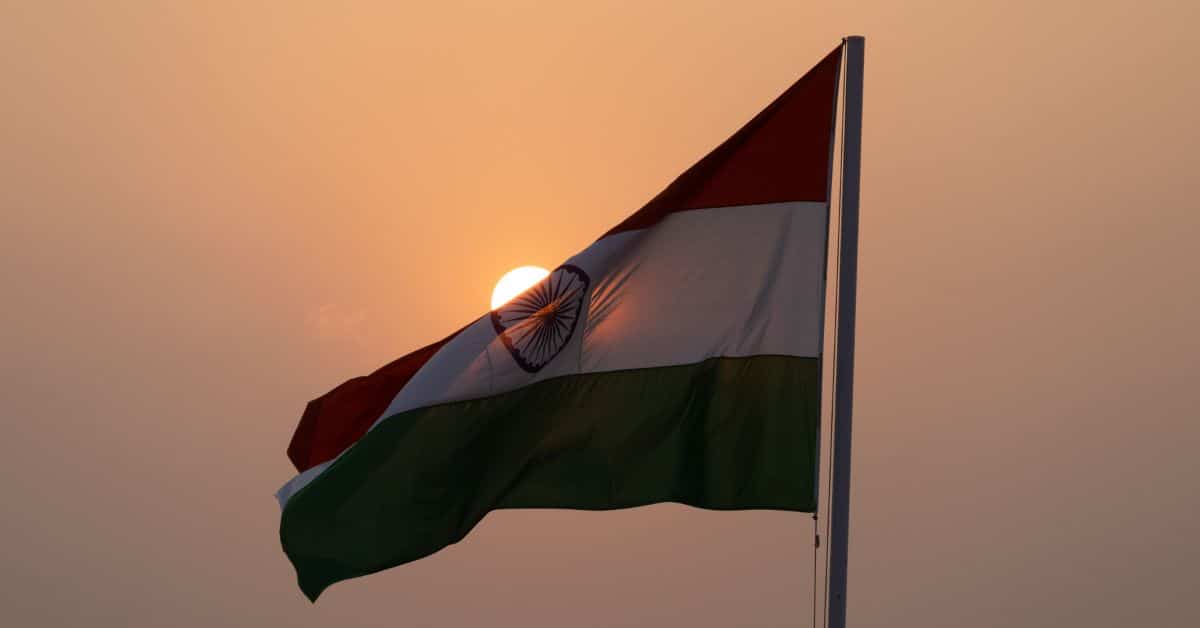
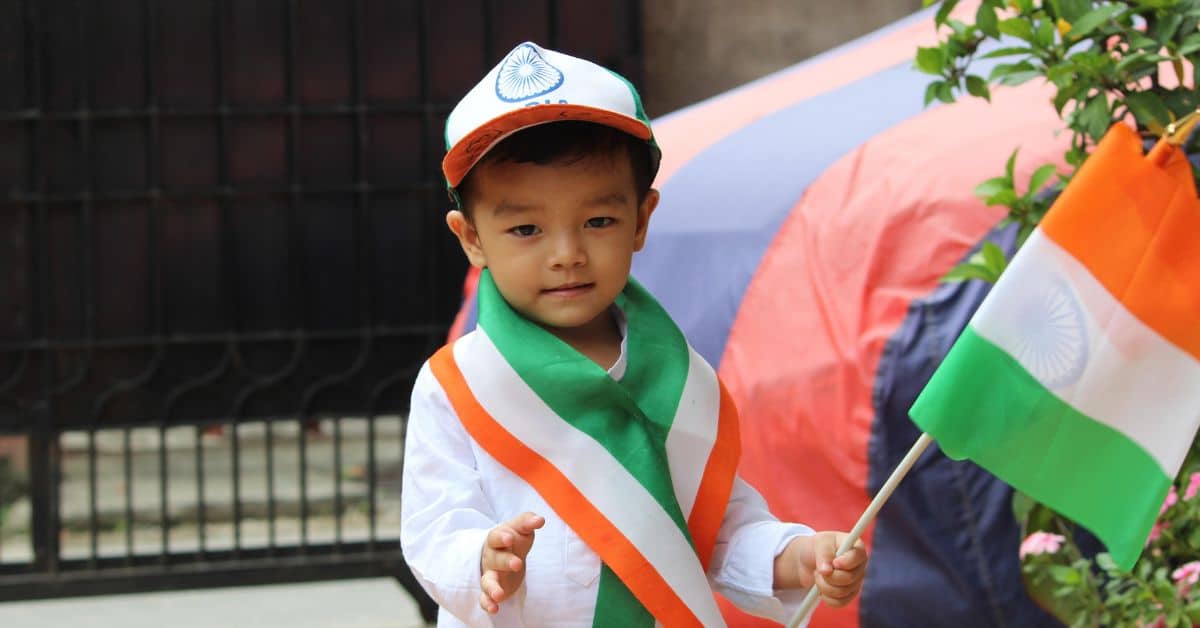
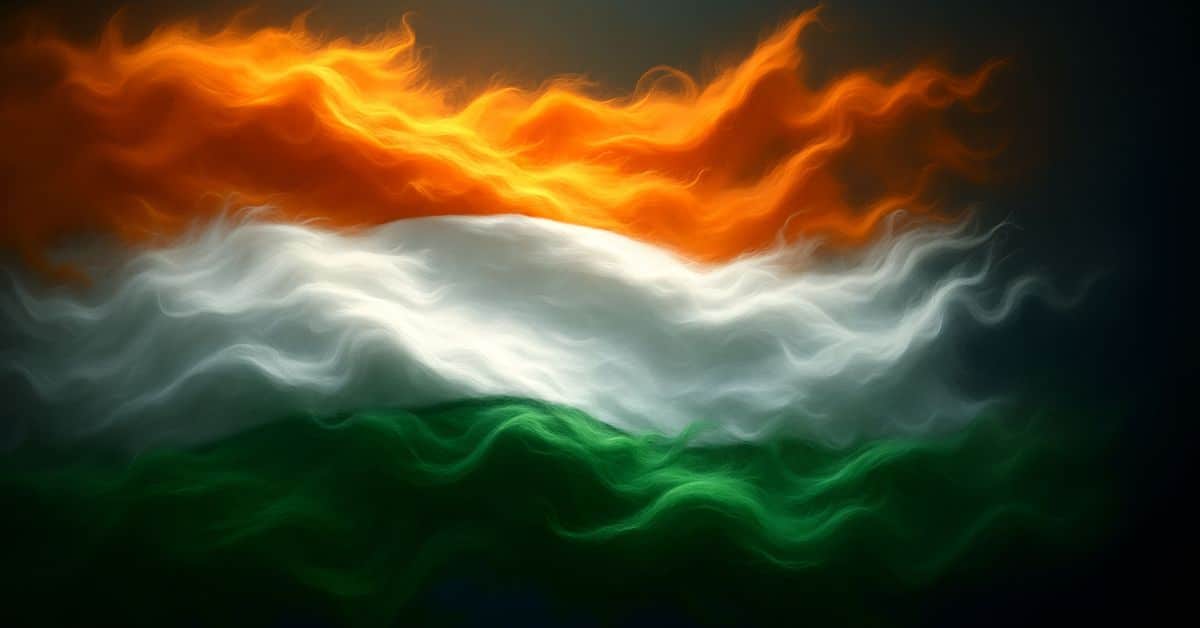
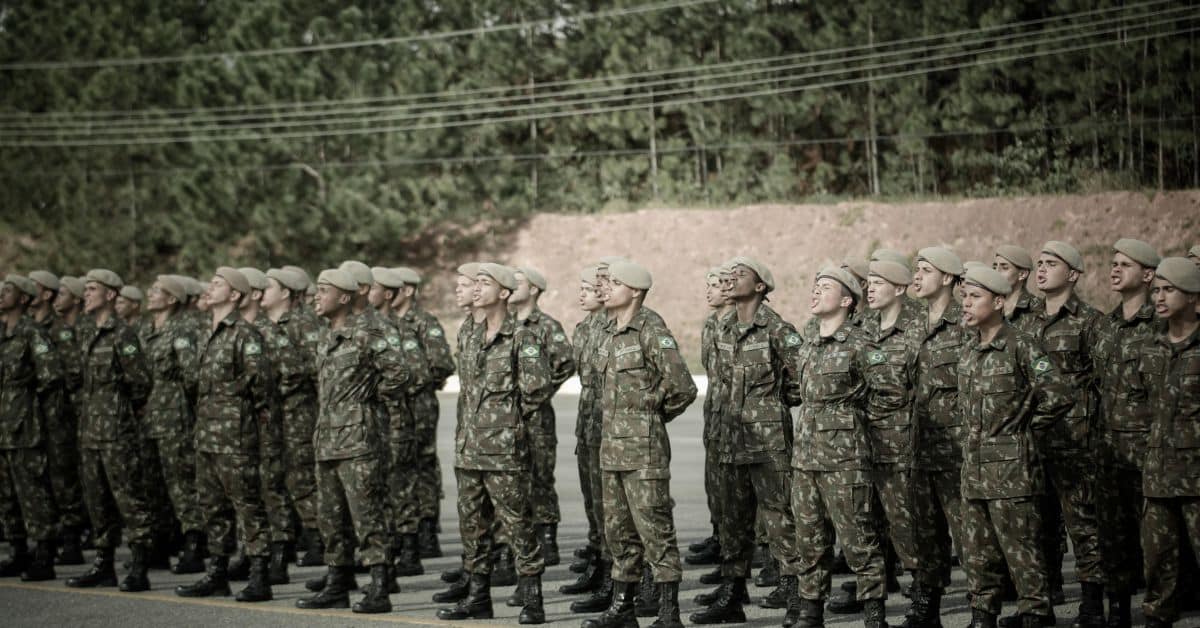
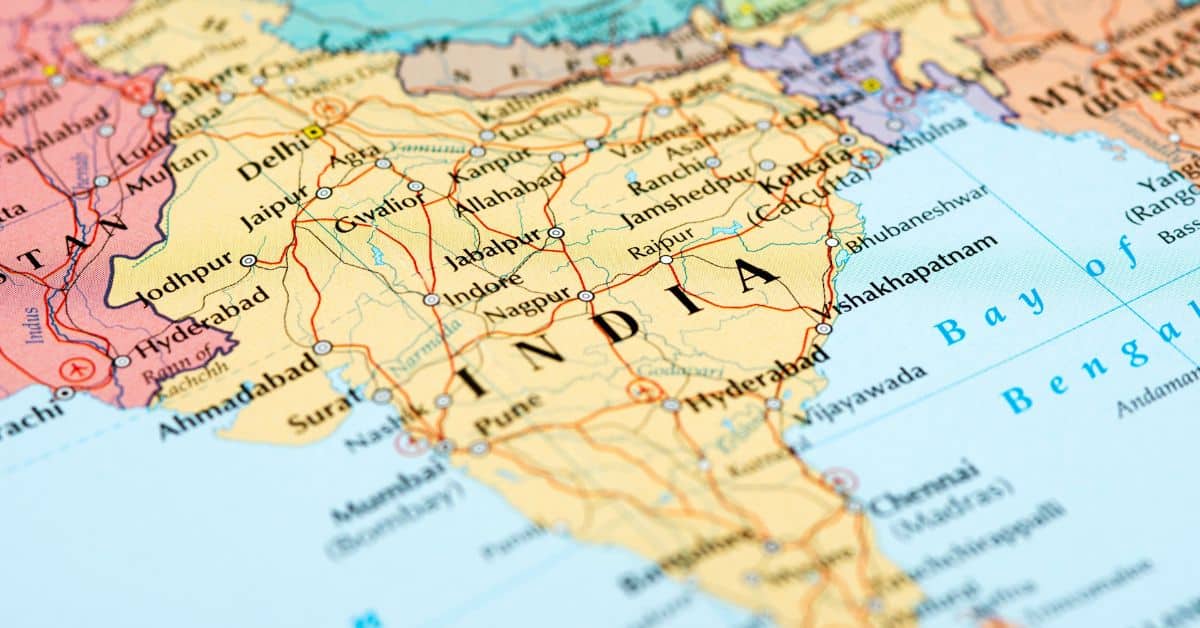



This piece beautifully captures how Independence Day goes beyond rituals and truly reflects the evolving idea of freedom in India. It’s a reminder that Azaadi is something we keep building every day. For anyone who enjoys exploring the cultural and historical essence of India, Rajniva shares some great travel stories around the country’s heritage.